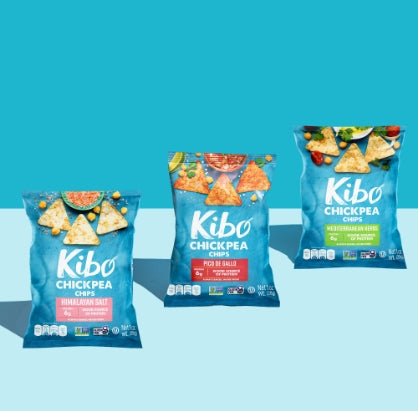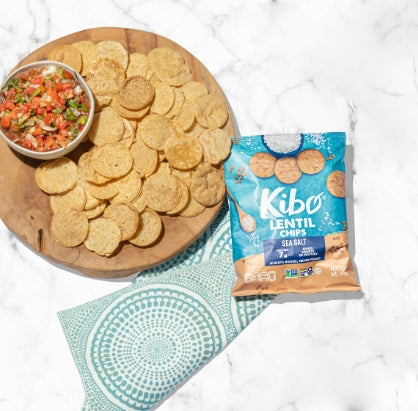More and more people are trying out a vegan diet for environmental and animal welfare reasons. And while going vegan has these clear benefits, it’s definitely a lifestyle change that can take some getting used to. If you’re planning on taking part in Vegan January this year, here’s what you need to know to get started!
What is Veganuary?
Started by a nonprofit organization, Veganuary is a yearly challenge that encourages people to try going vegan for the month of January and beyond. Even if you don’t stay vegan after Vegan January, you’ll definitely come out with new ideas and more tricks up your pantry for eating plant-based and loving it. To get you started off right, here are some of our best tips to make it a successful month.

Tip 1: Plan out your meals
You don’t need an exact meal plan for three square meals a day, every day of the month. Just be sure to have a few key recipes in mind each week that you already know you love and that would be easy to “accidentally” make vegan (like simply switching out the milk for almond milk in chia pudding or leaving the sausage out of your mom’s recipe for red beans and rice). Then you can add in some new vegan recipes for a good mix. Bonus points if meals can be made to stretch a few days, like casseroles and soups (hello white bean chili season!).
If you’re a fan of eating out, try to identify some vegan-friendly restaurants in your area, or be prepared to double check the menu and ask questions!
Tip 2: Make sure you’re getting enough protein
When you give up eating animal-based products, it’s important to replace that protein. One of the biggest adjustments with going vegan is the need to think about how much protein you’re getting at every meal and throughout the day. Your main sources here are beans, pulses like lentils and chickpeas, tofu, peas, seitan, tempeh, nuts, seeds, and grains.
To make sure you’re getting the recommended amount of protein, you’ll likely need to add in some protein snacks, like a plant-based protein powder shake in the morning, or some Kibo Chickpea Chips or Kibo Lentil Chips as an anytime snack.
Tip 3: Start with a few swaps
These days, there are SO many good plant-based swaps out there. But if you’re new to vegan meats, dairy-free cheeses, plant-based creamers, and other alternatives to animal products, there can be some trial-and-error involved to find which ones really work for you. In addition to that, some meat and cheese alternatives are ultra-processed foods (with a dizzying ingredients list) that you may want to limit in a healthy diet.
In the interest of saving money, preventing food waste, and eating plenty of whole, plant-based foods, it’s a good idea to focus on a few key swaps at first to ease your transition instead of buying everything you see in the vegan section. We suggest you test a few different brands and start small with:
- A cheese replacement
- A meat replacement
- A vegan milk or creamer
If you like what you try from one brand, then venture on to more of their products!
Tip 4: Embrace plant-based community
When it comes to doing a Vegan January, community is your friend! Find a buddy to go vegan with you for the month and help hold each other accountable. Say yes to the vegan samples at the grocery store! Better yet, is there a vegan foods store in your city? They’ll know all the best swaps to suit your tastes and health goals. There are also so many vegan recipe creators out there—join our Kibo community on Instagram for plenty of plant-based inspo!

Tip 5: Focus on building flavor
Vegan doesn’t mean bland! You don’t have to miss out on rich, savory, umami flavors just because you’re not eating animal products. Stocking up on a few good ingredients can drastically enhance the flavor of your vegan meals:
- Nutritional yeast is a great cheesy substitute to sprinkle on popcorn and other food.
- Paprika helps add a smoky, savory flavor to your dishes.
- Capers work great in place of salty anchovies in your favorite pasta sauce.
- Cashew or coconut cream can add milky creaminess to your soups and sauces.
- Lentils are a great substitute for ground beef and take on the flavor of your dishes well.
- Artichokes provide meaty substance to salads, vegan lasagnas, and more.
Simmering shallots, adding spices, squeezing fresh lemon juice, and topping with fresh herbs and sauces can all help develop and balance flavor in a vegan dish.
We hope these tips are helpful in getting you set up for a successful Veganuary! Have a great meatless month and let us know how it goes!
Have more vegan or vegetarian tips and tricks? Let the Kibo community know! Follow us on social to join the conversation.
 Reviews
Reviews






